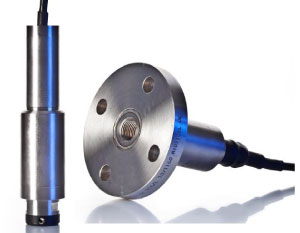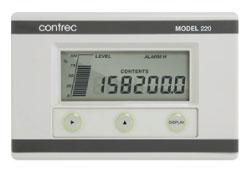Level Systems for tank gauging are used to determine the level of a certain bulk solid or liquid at any given time.
Types of level transmitters are Loop Powered, Dual Mode, Hydrostatic, Analogue, and Pressure. For when the constant level measurement is a must.
A tank-level system is made up of the following components:
- Level sensor: This is the device that measures the level of the fluid in the tank. There are many different types of level sensors, including float sensors, ultrasonic sensors, and radar sensors.
- Controller: The controller is the device that receives the signal from the level sensor and determines whether to turn the pump on or off. The controller may also be responsible for sending alerts if the tank level gets too high or too low.
- Pump: The pump is the device that delivers fluid to the tank. The pump is typically turned on by the controller when the tank level gets too low.
- Valve: The valve is the device that controls the flow of fluid into or out of the tank. The valve is typically controlled by the controller to maintain the desired level of fluid in the tank.
In addition to these basic components, a tank-level system may also include other devices, such as a data logger, a remote display, or an alarm.
The specific components of a tank level system will vary depending on the application. For example, a tank level system for a water tower will be different from a tank level system for a chemical tank. However, all tank level systems will have the same basic components.

APT 1000
PSM Marine
 The iCT 1000 from PSM Marine was a Smart Dual Mode Hydrostatic Level Transmitter that was manufactured in stainless steel and featured an onboard microcontroller. SUPERSEDED by the APT 1000 |





